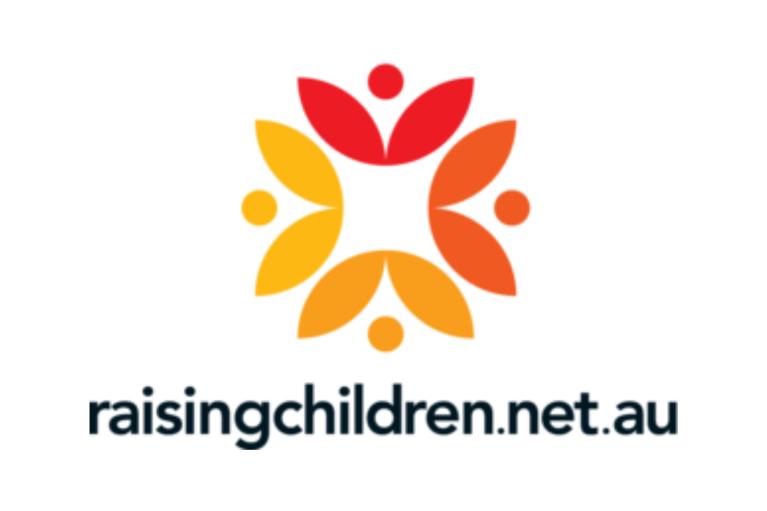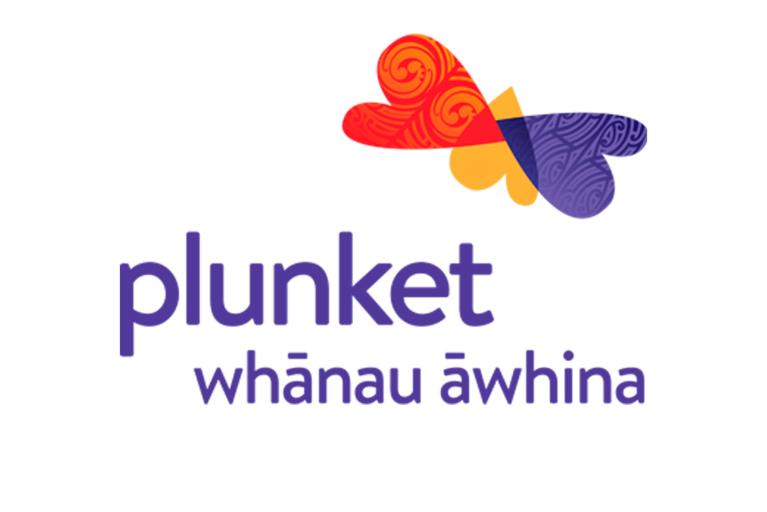Key points about toilet training
- not all tamariki are the same when it comes to toilet training
- aim to start toilet training when no big changes are coming up for your whānau
- look for signs your child might be ready for toilet training
- it can take weeks or even months for tamariki to become fully toilet trained
- try to remain positive, calm and patient during toilet training
- if you are finding toilet training frustrating and stressful, reach out for support
Knowing when your child is ready for toilet training
Not all tamariki are the same when it comes to toilet training. You may see signs that your child is ready for toilet training from around 2 years old. Some tamariki may be ready from as early as 18 months. Some may be older than 2 years.
Signs your child may be ready for toilet training
Tamariki may show a range of signs when ready for toilet training. You don't need to see all of these signs. Look for a general pattern to know when it's time to begin toilet training. Teachers or other whanau members may notice signs that your child is ready for toilet training.
Physical signs
- has dry nappies for more than 2 hours
- has regular, soft, formed poo
- is walking and can sit for short periods of time
- can pull their pants up and down
Social signs
- is interested in watching others go to the toilet
- shows some independence
- wants to do things on their own
Communication signs
- can understand and follow simple instructions
- tells you when they’ve done a poo or wee in their nappy
- doesn’t like wearing a nappy, perhaps trying to pull it off when it’s wet or soiled
- can let you know when they need to go toilet
Equipment to help with toilet training
Potty or toilet
Tamariki can start toilet training using the toilet or a potty. Some tamariki may like one better, but you can encourage your child to use both. The potty is easier to move around, and some tamariki find it less scary at first.
Footstool
A footstool can help your child get up to the toilet seat and gives them somewhere to rest their feet when sitting.
Smaller toilet seat
A smaller seat that fits within the bigger seat will allow your child to sit comfortably on the toilet.
Pull-ups and training pants
If your child is no longer wearing a nappy, they are more likely to understand that they need to use the toilet or potty. Training pants and pull-ups are less absorbent than nappies. They can hold any accidents that may happen. Pull-ups help tamariki get used to wearing underwear.
How to prepare your child for toilet training
Letting your child set the pace when they are toilet training is important. It’s not helpful to force them to learn too fast.
You can prepare them for toilet training by teaching them words such as ‘poo’ and ‘wee’. You can put wet and dirty nappies into the potty after you’ve changed your child. This can help them to understand what a potty is used for.

The Raising Children Australia website has more tips on preparing your child for toilet training. They also provide guidance on what equipment to use.
Make sure your child drinks plenty of water. It's important to have lots of fibre in their diet. Water and fibre help to keep their poo soft so they don’t get constipated. Constipation can make toilet training more difficult.
Getting started with toilet training
Aim to start toilet training when no big changes are coming up for your whānau. It is also helpful to start on a day when you aren’t planning to leave the house. You will need time to help guide your child on their toilet training journey.
See the Raising Children, Australia website for tips on things such as:
- when to take your child to the toilet
- how to encourage and motivate your child
- how to dress your child
- how to keep your child clean

The Raising Children Australia website has lots of information on how to get started with toilet training.
Toilet training when away from home
Starting toilet training is easier when you can stay close to home for a few days. But you will need to leave the house at some stage, so it’s helpful to prepare.
When you are away from home, you can:
- check where the nearest toilet is
- carry a spare change of clothes and underpants for your child
- have a waterproof bag handy to carry dirty clothes
- let your child’s teacher know your child is toilet training
- let friends and whānau know your child is toilet training
Staying dry overnight
Bedwetting is common, even in school-aged tamariki. Staying dry overnight can take longer than daytime toilet training. If your child regularly has a dry nappy first thing in the morning, you can try and stop nappies at night.
Accidents while toilet training
Accidents will happen while your child is toilet training. Some tamariki might get upset if they have an accident. Reassure your child that it’s OK.
To avoid accidents, take your child to the toilet as soon as they tell you or show you they need to go. Check with your child if they need to go toilet before an outing or activity. It may also be helpful to check regularly if they need to use the toilet, especially if they are busy.
Having a toilet or potty nearby can help lessen the chance of accidents. Asking your child to wee just before bed may help keep them dry overnight. This can also help get them into a good routine.
What to do if your child starts wetting or pooing their pants again
It is quite common for some tamariki to start to wee or poo in their pants again. This may happen if something changes in their life, such as getting a new sibling. It’s OK if this happens.
Some things you can try include:
- trying to understand what caused this to happen
- remaining calm when accidents happen
- changing your child in a calm manner
- reminding your child to use the toilet, busy kids can forget
- giving your child praise when they use the toilet
- trying fun rewards for using the toilet, such as a star chart
Some tamariki may experience soiling if they are constipated. Constipation can block and stretch the bowel. When the bowel gets overloaded, poo can trickle down or overflow. Often this happens without a child noticing. If you are worried this is happening with your child, talk to your healthcare professional.
Tips for toilet training
Toilet training can be an exciting stage of development for your child.
Here are some other tips for toilet training for your child:
- let your child set the pace - allow them to learn in their own time
- look for signs of readiness in your child
- if what you’re trying isn’t working, stop and try again in a couple of weeks
- support your child with encouragement and positive feedback
- dress your child in pants that are quick and easy to pull up and down
- remain consistent - switching back and forth to nappies can confuse tamariki
- if someone else is looking after your child, let them know your child is toilet training so it is consistent
- make toilet training fun with things like a star chart
- read books and play toilet training games with your child to help them prepare
- expect accidents – it may take a while for tamariki to get it right
- try to remain positive, calm and patient during toilet training
- if you are finding toilet training frustrating or difficult, reach out for support
Help and support
Toilet training can be a stressful and frustrating time for parents and whānau. If you are finding it difficult, there is support available.
You can reach out to PlunketLine, your Well Child provider or your healthcare professional if:
- your child is finding toilet training difficult
- your child is very stressed about toilet training
- toilet training doesn’t appear to be working despite multiple calm attempts
PlunketLine
PlunketLine is available 24 hours a day, 7 days a week, on 0800 933 922 for advice and support for you, your baby and your whānau. Calls are free from cell phones. You do not need to be registered with Plunket to use this service.
More information on toilet training

The Raising Children Australia website has a page on toilet training explained with pictures.

The Plunket website has lots of information, tips and ideas to help you with toilet training your child.

